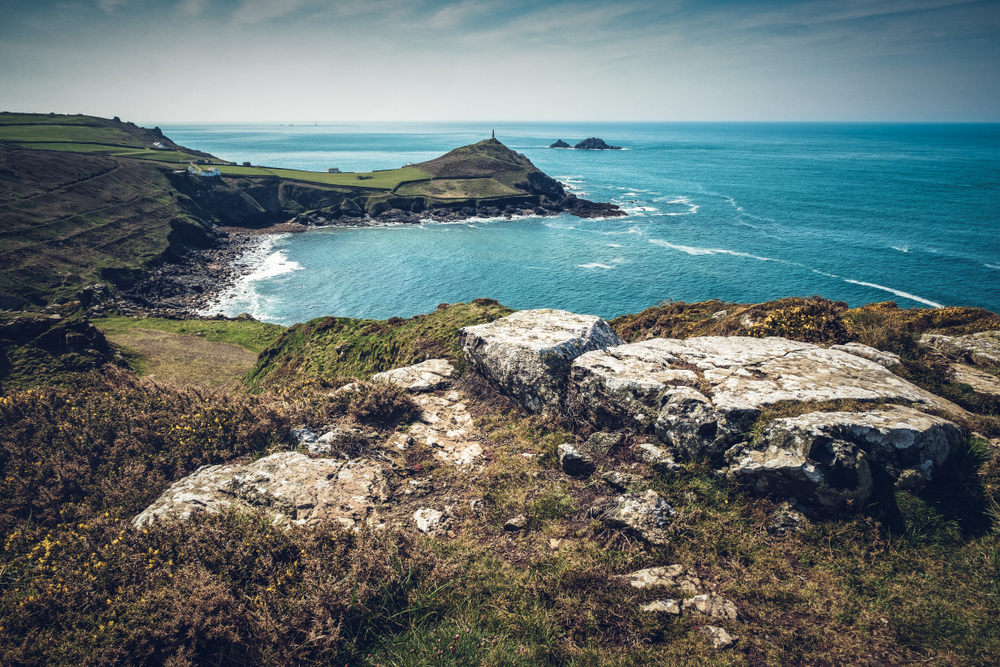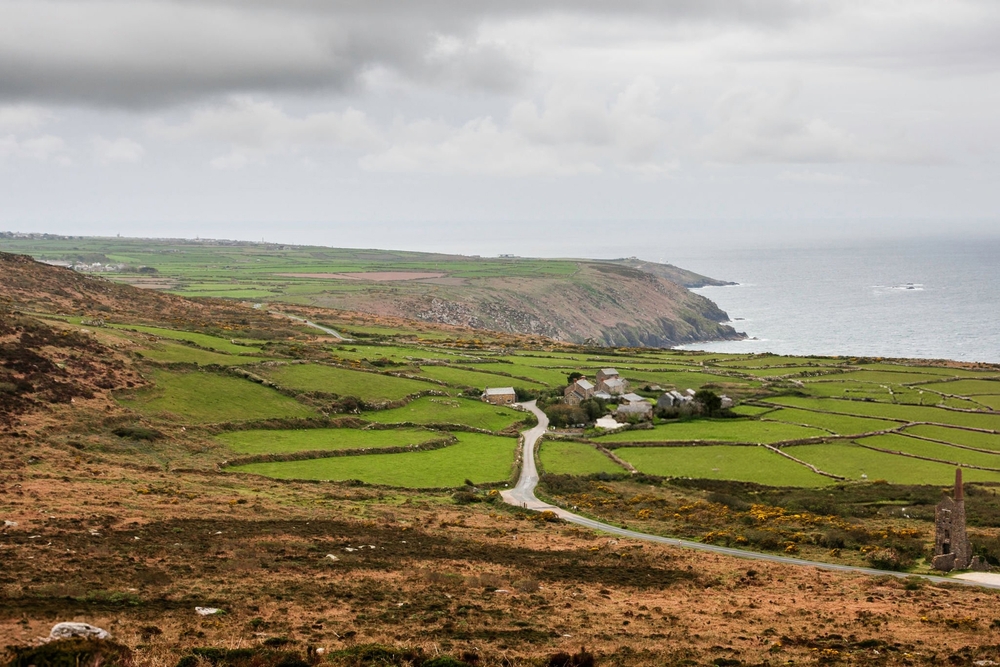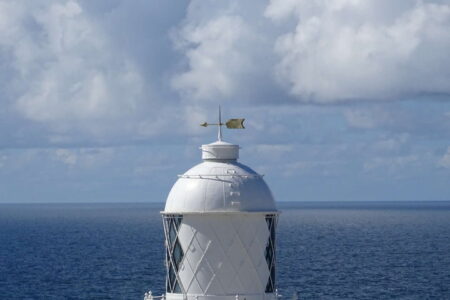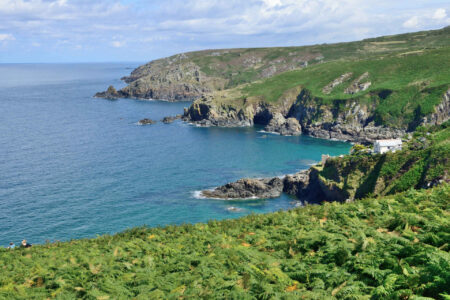Cornwall is blessed with some truly wonderful scenery, from moorland expanses to stunning ocean vistas and for many watching those views slide by while on two or four wheels is a relaxing way to explore.
This county has a plethora of picturesque drives to choose from, including the romantically named ‘Atlantic Highway’ that runs down the North Cornwall coast to Newquay, but by far the most popular and arguably the most beautiful is an unnamed B-road in Penwith.
The B3306 runs between St Ives and St Just in Penwith and these 17 miles of tarmac have consistently been voted not just the best driving route in Cornwall but one of the best in the whole country! In 2023 National Geographic listed it as one of the Top Ten drives in the UK and once you have driven along it, it is really not hard to understand why.
The route snakes it’s why through stunning scenery and quaint villages and each turn of the road offers another breathtaking panorama of sea and sky! And while you could of course enjoy it all from the comfort of your car there are also many reasons to stop aong the way too.
Here are just a few of the highlights:
Rosewall Hill & Trevalgan Hill
Just outside St Ives the road climbs up between two bracken covered hills, crowded with the remains of mine stacks and a jumble of rocky outcrops. There is a small carpark from which you can climb either (or both) for amazing views back to St Ives and the coast extending towards the little white finger of Godrevy Lighthouse and beyond. There is also an interesting memorial to the artist Peter Lanyon attached to the side of a giant boulder that seems to have just tumbled down the hill.
Wicca, Tregerthen & Zennor Hill
At around mile three, just beyond where the road takes a dramatic lefthand bend, there is an opportunity to enjoy one of the most dramatic and impressive views on this entire route. Laid out before of you, stretching down to the sea, is the patchwork of tiny fields that are prehistoric in origin. Considered one of the oldest field systems in Europe these fields have been farmed for at least the past 4000 years, and rising above all this is Zennor Hill. On this ancient upland you can visit Bronze Age monuments such as Zennor Quoit and discover a landscape that hasn’t changed in millennia.
Zennor Village
This picturesque village is little more than a huddle of granite buildings towered over by a 12th century church. Inside St Senara’s is the wonderful Mermaid’s Chair, this ancient seat is decorated with a carving of the sea creature and is forever connected to the most famous legend in this part of Cornwall – the story of a mermaid that lured a local choir boy to his doom.
The village also boasts the Tinner’s Arms, built in 1271, it has been at the heart of this community for more than 700 years and is a great place to relax with a home-cooked meal. Zennor is also a wonderful starting point for walking – whether you choose to follow the old Coffin Path through the fields, walk out onto the cliffs at Zennor Head or taking a longer walk along the coastal path, the scenery certainly won’t fail to take your breath away.
Gurnard’s Head
Jutting out into the sea this headland, a short walk from the road at about mile six, offers incredible views of the coastline in both directions. Endless sea and cliffs rolling on and on into the distance. The Gurnard’s Head pub, an old coaching inn, offers awarding-winning food and local ales in a cosy atmosphere.
Pendeen Lighthouse & Portheras Cove
Pausing at Pendeen Lighthouse at mile ten is well worth it, this spot is said to be one of the best places on the whole north coast to watch the sun set and from here you can also walk along the coastal path to what has been described as one of the most beautiful beaches in Cornwall!
Geevor, Levant & Botallack
Known as the Tin Coast, on this stretch of the drive you can immerse yourself in Cornwall’s mining heritage at one of these impressive and thought-provoking attractions, all cared for by the National Trust. At about mile eleven is Geevor Tin Mine which closed in 1990, here you can experience what it feels like to go underground or see a working beam engine at Levant Mine, which would have been used to pump the water from the miles of tunnels stretching out beneath the sea.
Botallack is undoubtedly one of the most iconic views in Cornwall, marvel at the Crowns Engine Houses perched on the cliff edge, just above the crashing waves.
St Just & Cape Cornwall
The end of the road brings you to the little town of St Just. Here you can explore the quiet streets and visit the Plen-an-Gwari (Cornish for ‘Place of the Play’), one of only two surviving original medieval amphitheatres in Cornwall which still regularly holds performances. You can also pop inot the gallery of leading contemporary artist Kurt Jackson, who has made this village his artist home since 2015.
The final stop on your drive has to be Cape Cornwall, the most westerly point on mainland Britain. Whatever the season there are few words that better sum up this dramatic headland than . . . epic!



